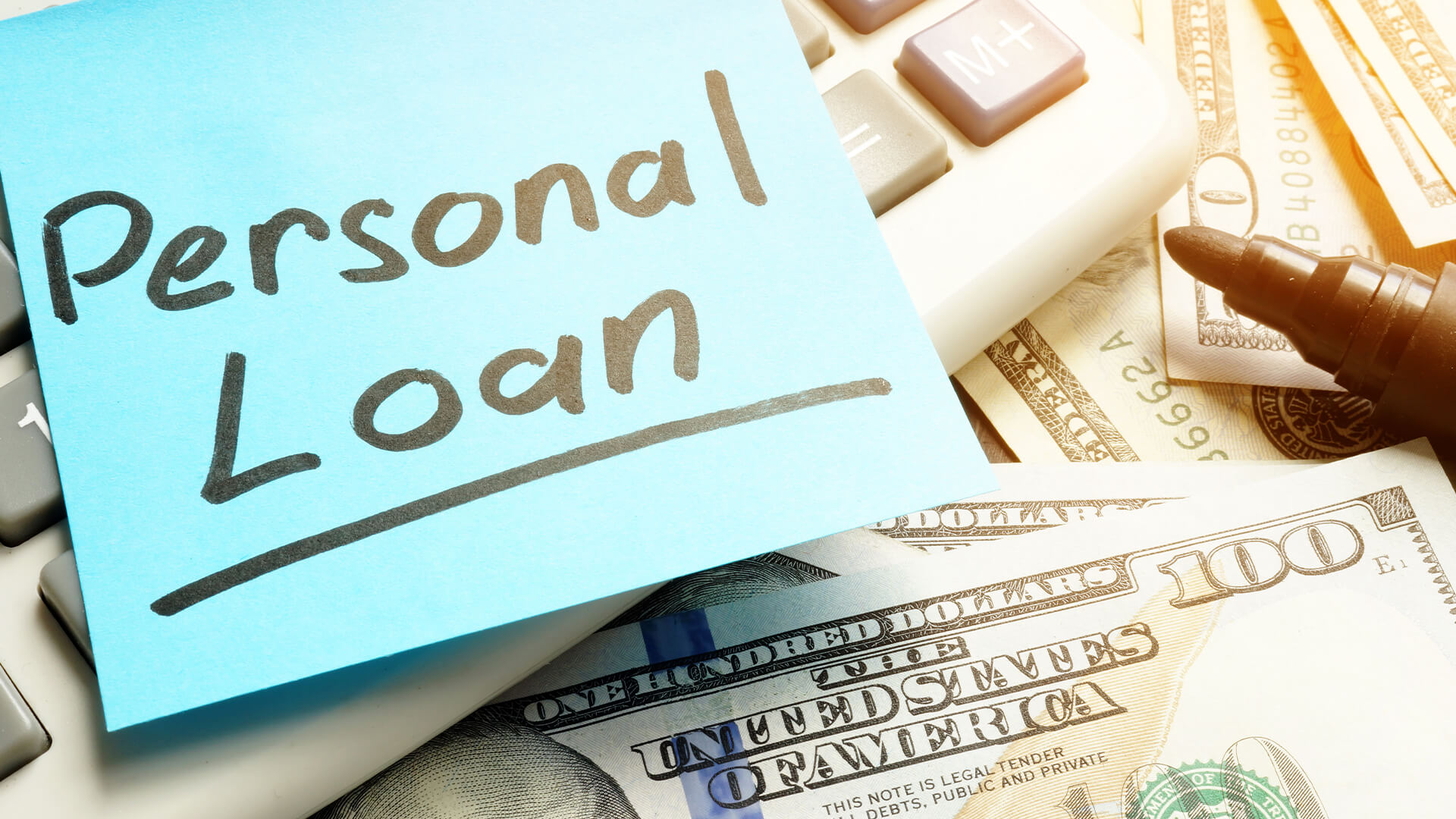
Living With No Financial Cushion
For many people, the paycheck-to-paycheck cycle feels like being stuck on a treadmill—constantly moving but never getting ahead. Each payday brings temporary relief, but by the time the next check is due, the money is nearly gone. One reason this cycle continues is that most of the income goes toward immediate bills, with little left over for savings or unexpected costs. In some cases, people even look to options like taking out a personal loan for credit card debt to stay afloat, but that only provides short-term relief rather than solving the root issue.
Why Income Alone Doesn’t Solve the Cycle
It is easy to assume that only low-income households face this problem, but the cycle occurs at every income level. The reason is simple: expenses tend to rise as income rises. This phenomenon, often called lifestyle inflation, causes people to spend more on housing, transportation, dining, or leisure as their earnings increase. Without conscious planning, higher income does not translate to more savings but instead to bigger financial commitments, leaving little margin for emergencies.
The Role of Fixed Expenses
Another driver of the paycheck-to-paycheck cycle is the weight of fixed expenses. Rent or mortgage payments, car loans, childcare, and insurance often take up a large portion of income before discretionary spending even begins. Once these essentials are covered, little remains for savings. Fixed expenses are hard to cut quickly, which makes breaking the cycle more difficult. Without strategies to reduce these long-term commitments, households remain vulnerable to unexpected shocks.
The Power of Small, Frequent Costs
Beyond fixed expenses, small, frequent costs can quietly drain financial stability. Daily coffee runs, streaming subscriptions, or frequent dining out may not feel significant, but they add up. When the budget is already tight, these extra costs create added pressure, leaving less room for building a savings cushion. Many people only realize the cumulative effect when they find themselves short at the end of the month.
The Impact of Debt
Debt plays a central role in keeping people trapped in this cycle. High-interest debt, especially from credit cards, can consume a significant portion of income through monthly payments. Interest charges make it harder to reduce the principal, leading to a feeling of running in place. Even solutions like consolidation loans can only help if paired with changes in spending habits. Otherwise, new debt simply replaces old debt, and the cycle continues.
Psychological Factors at Play
The paycheck-to-paycheck cycle is not only about numbers—it is also about emotions and behavior. Stress and anxiety about money often lead people to focus on short-term survival instead of long-term planning. This mindset makes it harder to prioritize savings or delay gratification. On top of that, financial literacy plays a major role. Without understanding concepts like budgeting, interest rates, or the importance of an emergency fund, people are more likely to remain stuck.
Why Emergencies Hit Harder
One of the biggest dangers of living paycheck to paycheck is that even a small emergency can throw everything off balance. A car repair, a medical bill, or an unexpected home expense can lead to borrowing at high interest rates. Because there is no buffer, emergencies often create new debt that adds to the monthly burden. Over time, this compounds the problem and makes it even harder to escape.
Steps Toward Breaking the Cycle
Breaking free from the paycheck-to-paycheck lifestyle is possible, though it often requires small, steady changes rather than sweeping shifts. The first step is tracking spending to see where money actually goes. From there, setting aside even a small portion of each paycheck for savings creates a foundation for emergencies. Prioritizing debt repayment, especially high-interest debt, is another critical move, as reducing interest frees up future income.
Creating Breathing Room
In addition to cutting costs, increasing income—whether through side work, additional skills, or better job opportunities—can provide the breathing room needed to save. However, the key is to resist the temptation to immediately increase spending when income rises. Redirecting extra earnings toward savings or debt repayment instead of lifestyle upgrades helps build a stronger financial foundation.
Final Thoughts
The paycheck-to-paycheck cycle is not just about how much money someone earns but about how income, expenses, debt, and habits interact. It can affect households at every income level, leaving many people one unexpected expense away from financial stress. By becoming more aware of spending patterns, building even small savings, and tackling debt intentionally, it is possible to create space for both security and long-term goals. Escaping the cycle takes time, but with consistent effort, the treadmill can eventually lead to a stable path forward.

This is easy for the writer to say. Raises at my company are insufficient, and when they do occur, they’re eaten up by the increasing cost of living. Most staffers work two jobs and find it draining with no time for their families. My age makes it difficult to find additional employment. Changed to a cheaper TV and phone plan, but those savings were taken by medical expenses not covered by insurance. What’s the answer?!